AutoNation Ending Aftermarket Collision Parts Division - Shrewd or Crude?

AutoNation’s collision parts division is scheduled to be eliminated by the end of 2020, freeing up some cash after the two-year endeavor proved less than profitable.
Former CEO Cheryl Miller had made it clear that one of her main goals for the company was to ramp up services in an attempt to enhance revenue and diversify the business. But this tactic has proven perilous for the automotive industry at large, often offsetting opportunities to make money with sizable financial risks.
Mobility is probably the best example of this, as its broad enough to encompass everything from self-driving vehicles to subscription models and relies on the market maturing into something that will presumably see returns on investment years down the line. However, AutoNation’s diversification was far more traditional. It seemed like a sure thing, since the collision parts business was forecast to grow over the next five years. In fact, despite being the the largest automotive retailer in the United States, the company actually owes 46 percent of its gross profit to parts and service. Selling cars (both new and used) only accounts for 24 percent — with the rest coming from finance and insurance.
That said, vehicle sales remain the largest source of revenue by far, and it would be foolish to scale back on what it’s best known for. But what about a lucrative parts business that arguably stands to become even more useful as consumers hold onto their cars longer, now that COVID-19 has minimized travel and the economic recession seems poised to suppress demand for an indeterminate period?
According to Automotive News, AutoNation’s collision parts unit represented less than 1 percent of its $700.2 million parts-and-service gross profit in the first half of this year. While the pandemic undoubtedly lessened overall demand for accident-born bumper and headlight replacement, the collision business was deemed far less valuable than its Precision Parts sales (which will offer much of the same components and absorb leftover parts).
The outlet seemed to feel the company had made the best decision for itself after enacting cost-cutting measures earlier this year, including the elimination of roughly 3,500 jobs.
From AN:
The division, launched in 2018 as part of AutoNation’s larger brand extension strategy, sources and sells retail and wholesale collision parts, from bumpers to radiators, for more than 30 brands. Customers include retail consumers, dealerships and other collision centers.
Guggenheim Securities analyst Ali Faghri, in a note to investors last week, raised his forecast for AutoNation’s 2021 earnings and his stock price target for the company after the announcement. Faghri called the exit from the collision parts business positive “as it helps focus capital allocation on better-return investments … and will yield meaningful cost-savings benefits into” 2021. He mentioned AutoNation USA, the retailer’s used-vehicle-only store network, as one of those better-return investments.
AutoNation’s current CEO, Mike Jackson, likewise suggested that the collision parts business was in trouble during last month’s Q2 earnings call. “The whole collision business was very challenged during the second quarter with the dramatic reductions in the amount of miles driven,” he explained. “And that business wasn’t profitable even before the marketplace got much more difficult.”
Killing it off will not come without scarifies, however. The company says it will need to close 12 distribution centers as part of cost-cutting measures related to the parts business. While that will undoubtedly lead to staffing reductions, AutoNation’s ultimate goal is to continue building storefronts that can offer sales and servicing while also aiding its burgeoning auction business. That makes these changes more about general restructuring than pulling away from any specific revenue source. In our eyes, collision parts seemed to be a fairly redundant operation in regard to its long-term goals.
[Image: Image: Felix Mizioznikov/Shutterstock]

A staunch consumer advocate tracking industry trends and regulation. Before joining TTAC, Matt spent a decade working for marketing and research firms based in NYC. Clients included several of the world’s largest automakers, global tire brands, and aftermarket part suppliers. Dissatisfied with the corporate world and resentful of having to wear suits everyday, he pivoted to writing about cars. Since then, that man has become an ardent supporter of the right-to-repair movement, been interviewed on the auto industry by national radio broadcasts, driven more rental cars than anyone ever should, participated in amateur rallying events, and received the requisite minimum training as sanctioned by the SCCA. Handy with a wrench, Matt grew up surrounded by Detroit auto workers and managed to get a pizza delivery job before he was legally eligible. He later found himself driving box trucks through Manhattan, guaranteeing future sympathy for actual truckers. He continues to conduct research pertaining to the automotive sector as an independent contractor and has since moved back to his native Michigan, closer to where the cars are born. A contrarian, Matt claims to prefer understeer — stating that front and all-wheel drive vehicles cater best to his driving style.
More by Matt Posky
Latest Car Reviews
Read moreLatest Product Reviews
Read moreRecent Comments
- TheEndlessEnigma Hybrids and PHEVs make sense, EV's do not.
- Ajla My understanding is that the 5 and 7-Series cater almost exclusively to the Chinese market and they sell them here just so they don't look weak against Mercedes and Audi.
- EBFlex Interesting. We are told there is insatiable demand for EVs yet here is another major manufacturer pivoting away from EV manufacturing and going to hybrid. Did these manufacturers finally realize that the government lied to them and that consumers really don’t want EVs?
- Kwik_Shift_Pro4X What's worse than a Malibu?
- MaintenanceCosts The current Malibu is poorly packaged; there's far more room inside a Camry or Accord, even though the exterior footprint is similar. It doesn't have any standout attributes to balance out the poor packaging. I won't miss it. But it is regrettable that none of our US-based carmakers will be selling an ordinary sedan in their home market.



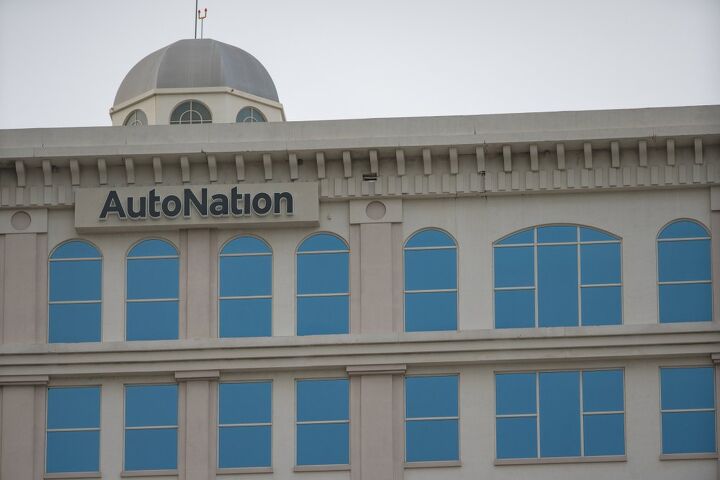















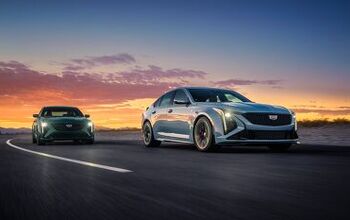
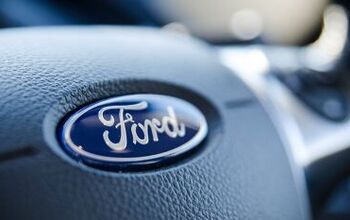

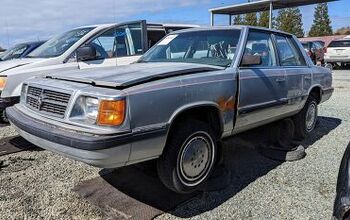
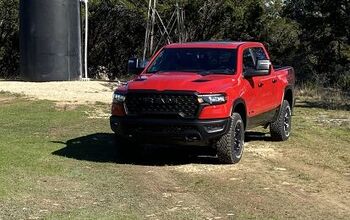

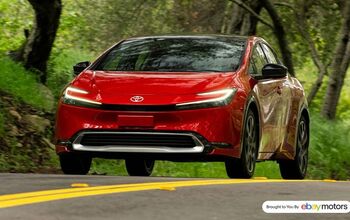

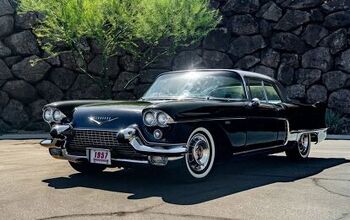
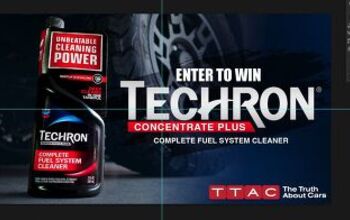



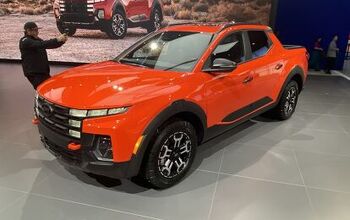
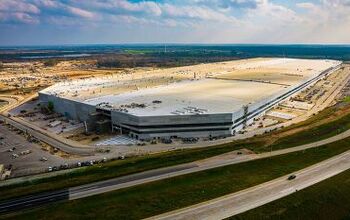
Comments
Join the conversation
Hmm if Parts and Service make up 46% of their gross profit and retailing cars account for 24% that leaves 30% from the F&I desk. To me that means that retailing cars is the smallest portion of their revenue. It however is likely to be their largest source of cash flow.
Thought experiment for those with time on their hands: -> Price out a vehicle built exclusively from OEM service parts (add up everything from the parts catalog; assume you can assemble the individual parts into a finished vehicle for free). Compare the total to the MSRP of the identical new vehicle assembled by the OEM. (What have we learned about parts markups?)